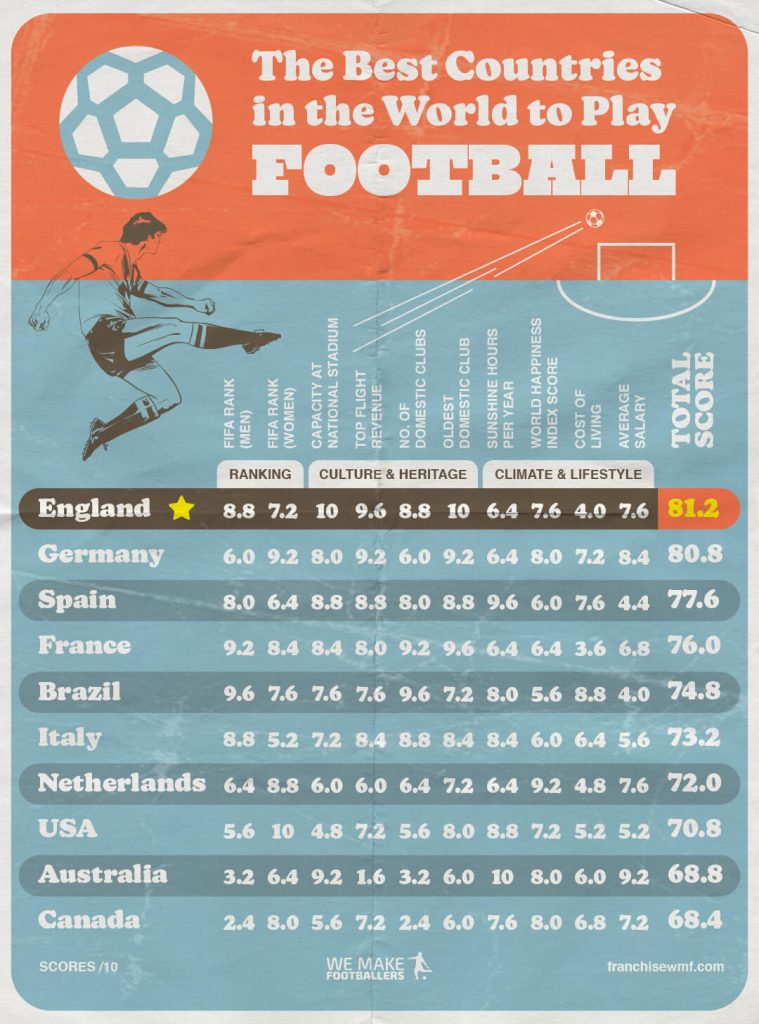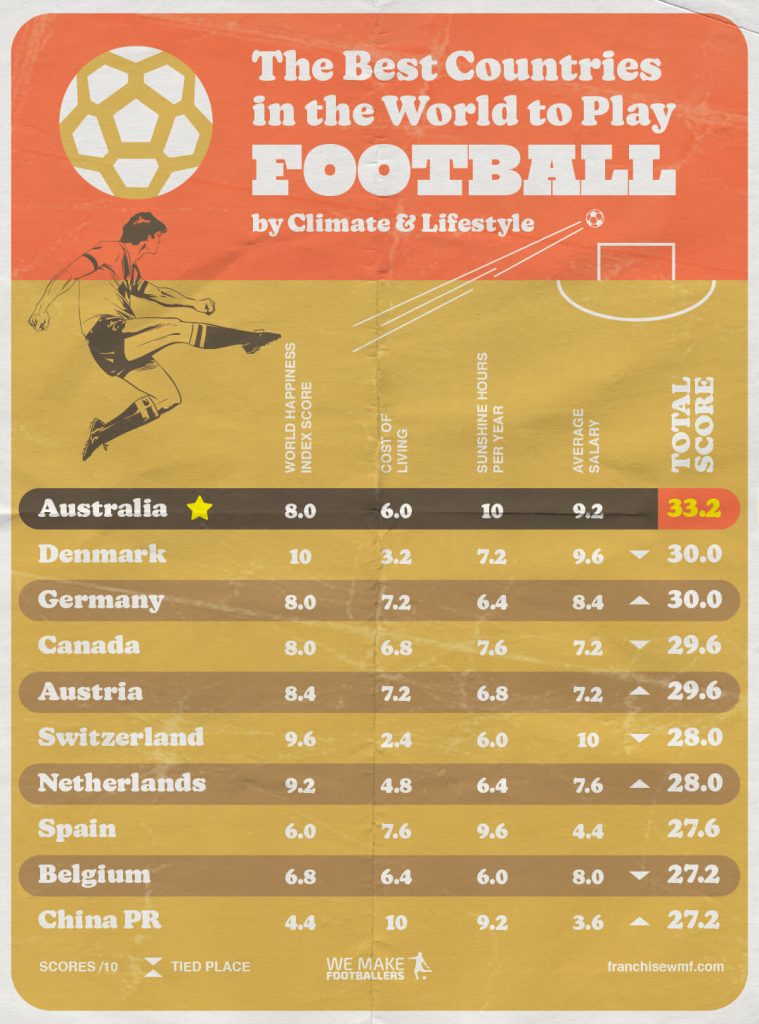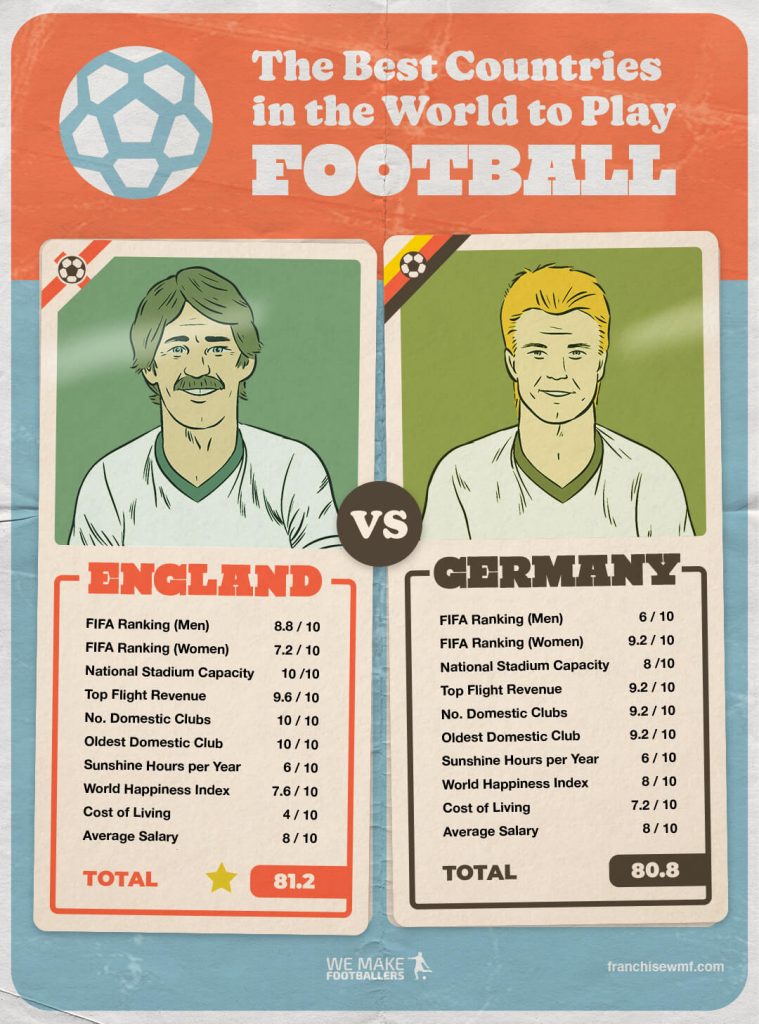Fear of failure has hung heavy overall levels of English football for many years. Never was it more obvious than when England reached the knockout stages of a major tournament and some of the best players in the world become crippled by the pressure, unable to deliver the sorts of performances they regularly turned out for their club sides?
England’s Golden Generation could not get beyond the quarter-finals of Euro 2004 or the 2006 World Cup. They froze against Portugal both times, especially when confronted with the dreaded penalty shoot-out, which every Englishman feared above anything else.
At Euro 2016, the fear of failure meant that England was eliminated in the round of 16 without even making it as far as spot-kicks. The underdogs of Iceland played with freedom, knowing that nobody expected them to knock out England’s millionaires.
The moment that Iceland took their 2-1 lead, England became paralysed with fear. Nobody was willing to take the risks necessary to get the Three Lions back in the game, in case their risk-taking went wrong. At a time when England needed the inspiration to deal a blow to the plucky underdogs, nobody in white was able or willing to provide it.
Thankfully, a change in the way that English football approaches and deals with fear have been ongoing for some time at a grassroots level. Whereas in the past a mistake would result in punishment, mockery, and embarrassment, now it is encouraged as something to learn from.
Creating a generation of footballers who are willing to take risks and become better as a result will ultimately mean the crippling fear that England showed against Iceland becomes a thing of the past.
We have already seen it beginning to disappear. England played with previously unseen freedom in reaching the semi-finals of the World Cup in 2018 and then the final of Euro 2020. Players like Raheem Sterling, Phil Foden, Jack Grealish and Bukayo Saka were encouraged to take risks and express themselves on the biggest stage.
We Make Footballers want their franchisees to continue to produce a fearless nation of talent who view failure as an opportunity to bounce back. There should be no fear of making a mistake because mistakes are how we learn what works and what does not.
In all walks of life, failure is necessary for growth. Whether it be missing out on a promotion at work, being pipped on the line in a running race or failing an exam, when failure strikes, we should analyse why and learn from it. Failure is an opportunity rather than an ending.
Imagine you are coaching two young football players. One is fearless and willing to try anything. Shooting with their weaker foot, a Maradona Turn in a tight position, playing out from the back even when being pressed.
They know that there is a chance that it might go wrong. But they know that if it does, it is an opportunity to learn. They might not hit the target but they will learn that next time, they should take a touch onto their stronger foot.
The Maradona Turn could prove to be the wrong option when there was an easier pass back up the line. And there are occasions when you need to put your foot through it rather than attempt to keep possession.
Failing in any of these given scenarios helps a player grow. Players who embrace the prospect of failure with a willingness to learn from their mistakes will ultimately benefit in the long run as they discover ways to achieve success.
Now imagine the other player. They are petrified of making a mistake. As a result, their body is tense whenever they play. They cannot relax through fear and are subsequently stifled.
In a game situation, they will only ever try things they know they are capable of. Nothing out of the ordinary, like a bicycle kick or a chest back to their goalkeeper under immense pressure, for fear of embarrassment or the reaction, if it goes wrong.
It is the same on the training pitch. They will not stretch themselves or do anything challenging because of the anxiety of it ending badly.
Out of those two players, the only one who is going to have a chance of fulfilling their potential is the one who is willing to fail, dust themselves down and try again.
The other will never progress because you cannot progress if you are too scared to try something new for fear of it not going your way.
We Make Footballers franchisees create an environment where there is no fear of failure. When there is a culture in place whereby failure is accepted as part of the process rather than a big deal, then fear evaporates.
No child at a We Make Footballers academy will feel like that second player because mistakes are there to be learnt from, rather than punished. You can never get better unless you push yourself with challenges that might end in failure.
Take weightlifting for example. If a weightlifter just lifts the same weight over and over again, they are never going to get stronger and progress to lifting something heavier.
To successfully lift the next weight, they have to practice at it – and more than likely, fail several times – before it becomes achievable.
A good football coach finds a way to stretch their players with achievable targets. As the weightlifter progresses, they would not suddenly quadruple the amount they were lifting.
Likewise, in football a certain amount of failure – but never so much as to make the player give up – will ultimately lead to success. We Make Footballers franchisees are taught how to get this balance right so that they can help their payers reach their potential.
Our stated mission at We Make Footballers is to contribute to England becoming the best footballing nation on the planet, creating a better football experience for all and resulting in a World Cup win.
Franchisees across the country helping remove the fear of failure from young players is one way to move towards that.





